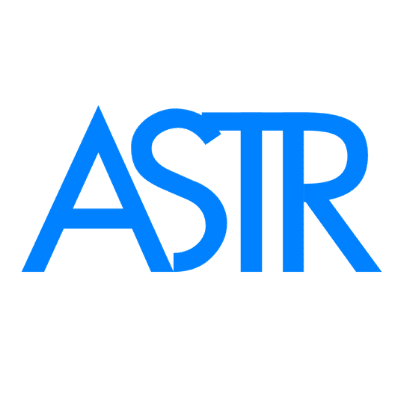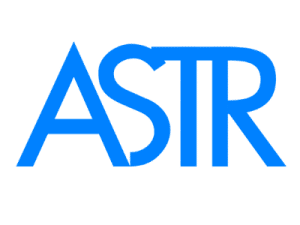Stop Neck Strain Pain Naturally: Symptoms, Causes, Healing Cycle & Treatment
Stop Neck Strain Pain Naturally: Symptoms, Causes, Healing Cycle & Treatment
What is neck strain?
Cervical sprain, neck sprain, or whiplash refers to acceleration-deceleration injuries that affected the neck region or the cervical spine. Whiplash and whiplash-associated disorders manifest as neck-related symptoms occurring after a motor vehicle accident. The injury can be acute and the patient may undergo full recovery or can be chronic with the patient suffering from disability and residual long-term pain along with the utilization of healthcare resources. [1]
Symptoms of Neck Strain Pain
The symptoms of neck strain pain are enlisted as follows. Patients of neck strain and whiplash-associated disorder commonly present with a history of trauma associated with rapid acceleration-deceleration forces including motor vehicle collision or sports injuries associated with collisions affecting the neck. [1]
- Pain increased with maintaining neck position for a long time
- Neck muscle spasms and tightness
- Pain in the arm
- Numbness, tingling, or weakness in the arm and forearm
- Stiff neck
- صداع
Causes and Risk Factors of Neck Strain Pain
The causes and risk factors of neck strain pain are enlisted as follows. Whiplash-associated disorders represent a constellation of clinical symptoms related to the neck regions following a car crash-related mechanism or a motor vehicle accident. The mechanisms that lead to neck strain include the vertebral distraction to the cervical spine facet joint capsule region, which elicit neck strain pain. Other mechanisms include injuries to the spinal ligaments, intervertebral discs, facet joints, nerve roots or dorsal root ganglia, paraspinal muscle spasms, and cartilage. [1]
- وضع سيء
- Prolong driving
- Prolong working at a computer
- Whiplash injury causing neck sprain or strain
- في العمود الفقري
- Muscle strains due to hunched posture
- Diseases including cancer, meningitis, or rheumatoid arthritis
Normal Wound Healing Cycle
The normal wound-healing cycle involves the sequential progression of the wound through the inflammation, proliferation, and maturation stages. Aberrant processes in the wound healing cycle give rise to chronic conditions, characterized by the oscillation of the wound healing between the inflammation and proliferation stages. [2]
مرحلة الالتهاب |
مرحلة الانتشار |
مرحلة النضج |
|
| Characteristic features | Inflammation constitutes the first stage of the wound-healing cycle. During this stage of the healing cycle, the inflammatory cells release cytokines and inflammatory mediators, which cause the immune cells to arrive at the site of injury and eliminate the injurious stimuli. The cardinal signs of inflammation are redness, pain, loss of function, warmth, and swelling. | The proliferation stage of the wound healing cycle is characterized by re-epithelization, angiogenesis or formation of new blood vessels, deposition of collagen synthesized by the proliferating fibroblasts, and synthesis of the extracellular matrix at the site of injury. Negative feedback mechanisms regulate the proliferation stage of the healing cycle, preventing excessive deposition of collagen and the formation of scar tissue at the site of injury. | This is the last stage of the normal healing cycle. During this stage, scar formation occurs, and the wound contracts. In the scar tissue, type III collagen is replaced by type I collagen. |
| Aberrant wound healing in chronic conditions | The persistent inflammation stage of the healing cycle is associated with oxidative stress and the release of pro-inflammatory mediators at the site of injury. | Fascia restrictions and muscle trigger points develop during the proliferative stage of the wound-healing cycle owing to proliferating fibroblasts. | In chronic conditions, the wound healing cycle is unable to reach the maturation stage, thus, persists between the inflammation and proliferation stages. |
Ineffective Treatments for Neck Strain Pain
Individuals suffering from neck strain pain and healthcare practitioners may choose conventional pain-relieving methods. The following are ineffective therapeutic approaches for neck strain pain since these provide short-term pain relief and may even further precipitate neck strain pain.
- Application of heat and ice on the neck
- Electrical stimulation of the neck
- Massaging and the use of foam roller at the neck
- Mobilization of the neck
- Stretching at the neck
- Strength exercises of the neck during the inflammation stage
Effective Treatments for Neck Strain Pain
Effective treatments for neck strain pain focus on the inflammation and proliferation stages of the wound healing cycle. These treatment measures are described in the given table.
Resolution of the inflammatory stage |
|
Resolution of the proliferation stage |
|
Other therapeutic measures |
|
خاتمة
Neck strain pain is a common complaint among individuals who suffer from whiplash-associated disorders resulting from contact sports injuries and motor vehicle accidents. While conventional treatment measures including massage, application of heat or ice, and electric stimulation may provide temporary pain relief, these measures do not contribute to the resolution of the healing cycle. ASTR tools including the MagnaHeal devices and anti-inflammatory substances target the inflammatory and proliferative stages of the wound healing cycle, effectively relieving neck strain pain.
مراجع
- Bragg KJ, Varacallo M. Cervical Sprain. [Updated 2022 Sep 4]. In: StatPearls [Internet]. Treasure Island (FL): StatPearls Publishing; 2022 Jan-. Available from: https://www.ncbi.nlm.nih.gov/books/NBK541016/
- Huxel Bliven, K. C., & Anderson, B. E. (2013). Core stability training for injury prevention. Sports health, 5(6), 514–522. https://doi.org/10.1177/1941738113481200

